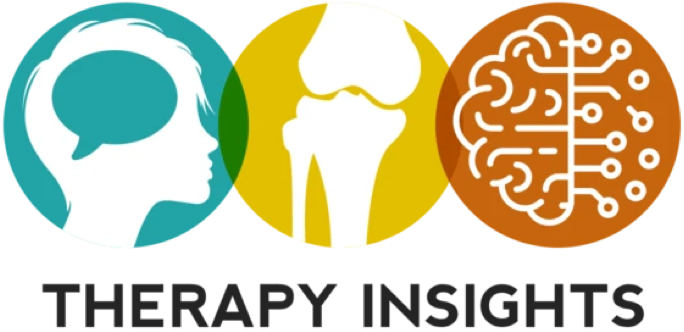Learning to Spot Scam Attempts
April 1, 2022 by Ashley Zhinin.
Spotting phishing scams can be challenging. This material provides information about what to look for as well as examples to assist with practice identifying a scam.
